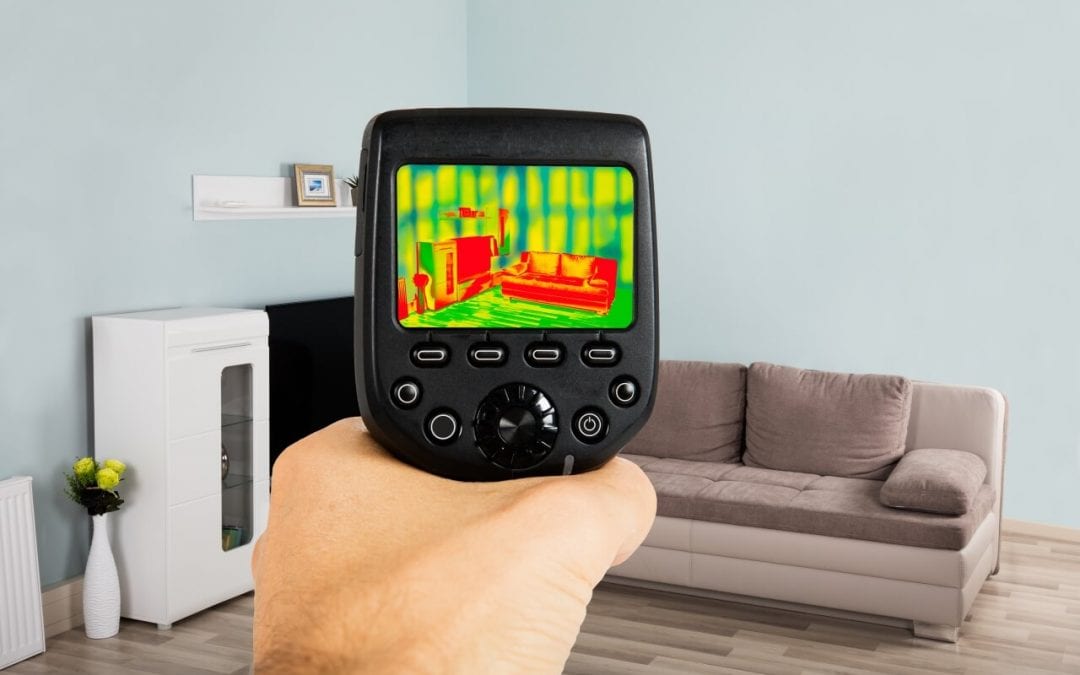How Thermal Imaging in Home Inspections Works
Home inspectors use infrared cameras to pick up on temperature differences that may signify an underlying issue. An unusual hot or cold spot in a house can mean there is moisture, air leaks, or electrical problems. Without thermal imaging, these issues may be overlooked in an inspection.
Discover Moisture Issues
One way that thermal imaging provides a more thorough inspection report is that it detects moisture issues that are otherwise not visible. Since moisture lowers the temperature of surfaces, an infrared camera will show a damp area as a darker color than the surrounding dry area.
Learn How to Make the Home More Efficient
Thermal imaging can identify areas where air is leaking into or out of a home. Small cracks and gaps let cold air in and warm air out in the winter. A thermal imaging scan reveals areas that aren’t airtight. Areas of missing or damaged insulation can also be discovered through thermal imaging. Since most insulation is behind drywall, it cannot be seen during a standard visual inspection.
Thermal Imaging in Home Inspections Can Uncover Electrical Hazards
Electrical hazards pose a fire risk in the home. It is important to learn about electrical problems in the home and have them fixed promptly. Thermal imaging in home inspections can discover dangerous electrical hotspots. A hot area on an infrared image signifies to the inspector that there may be an electrical issue that needs attention.
Clarity Home Inspections uses an infrared camera during home inspections. Contact us to book an appointment on Vancouver Island.

